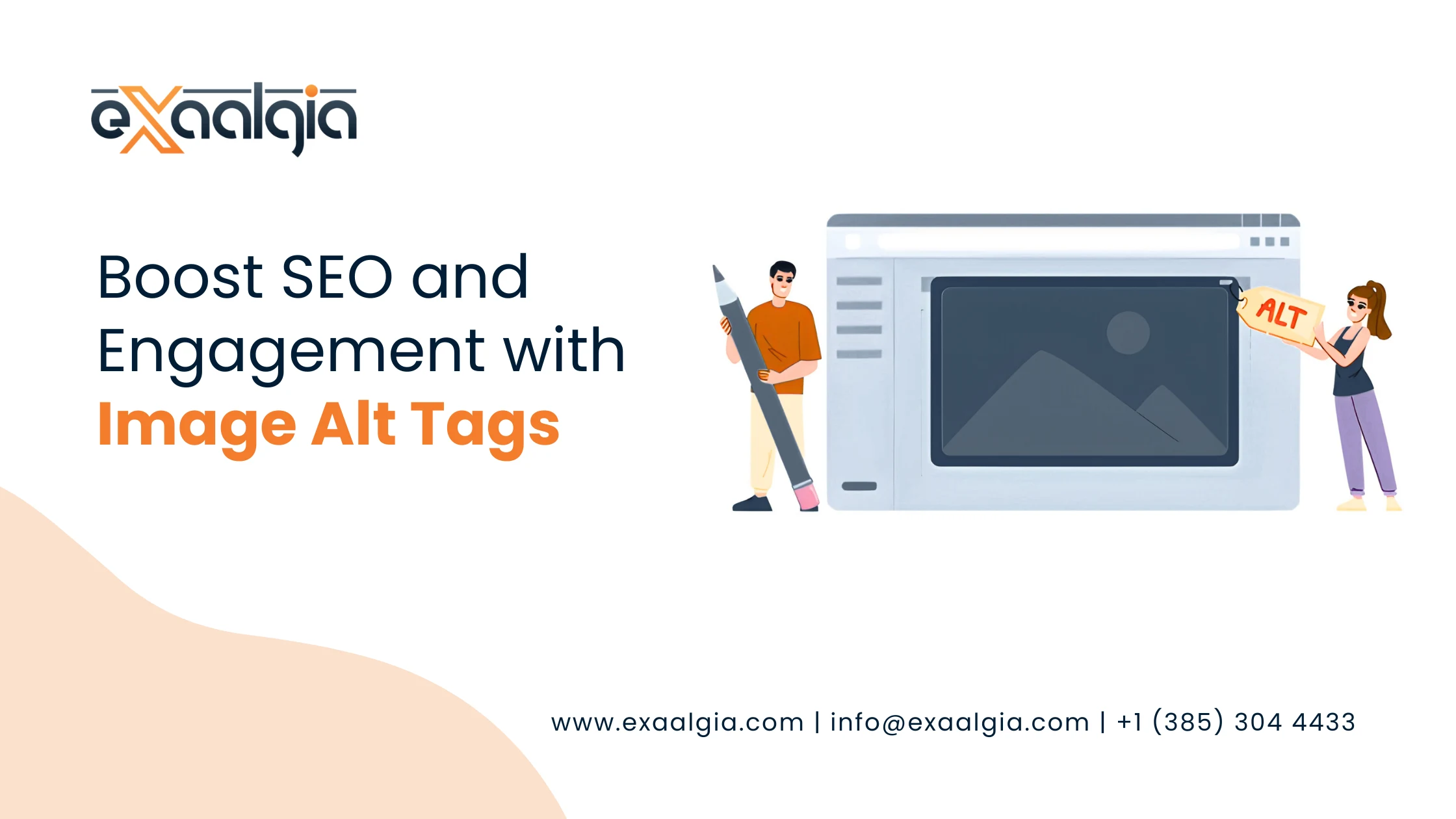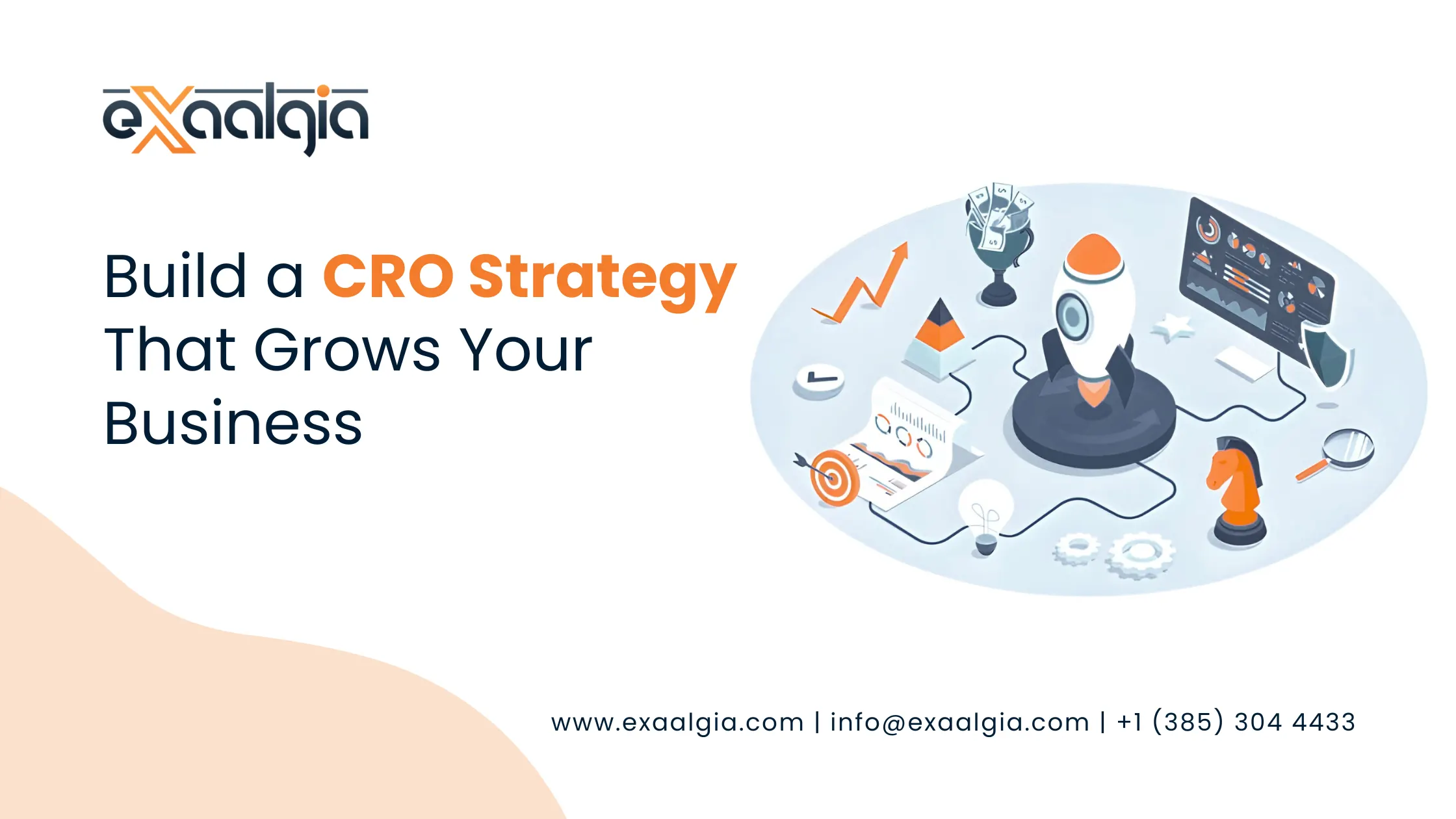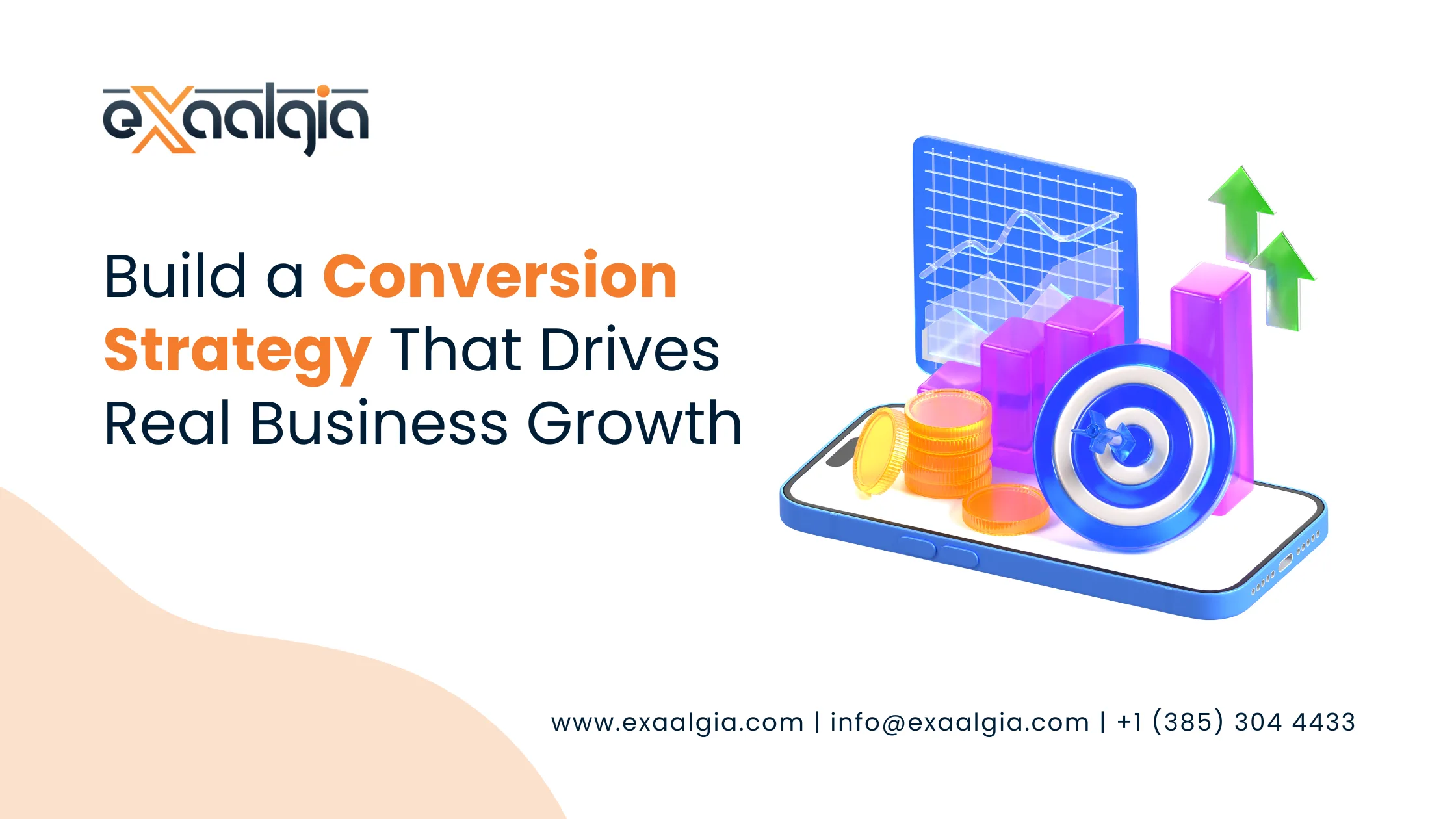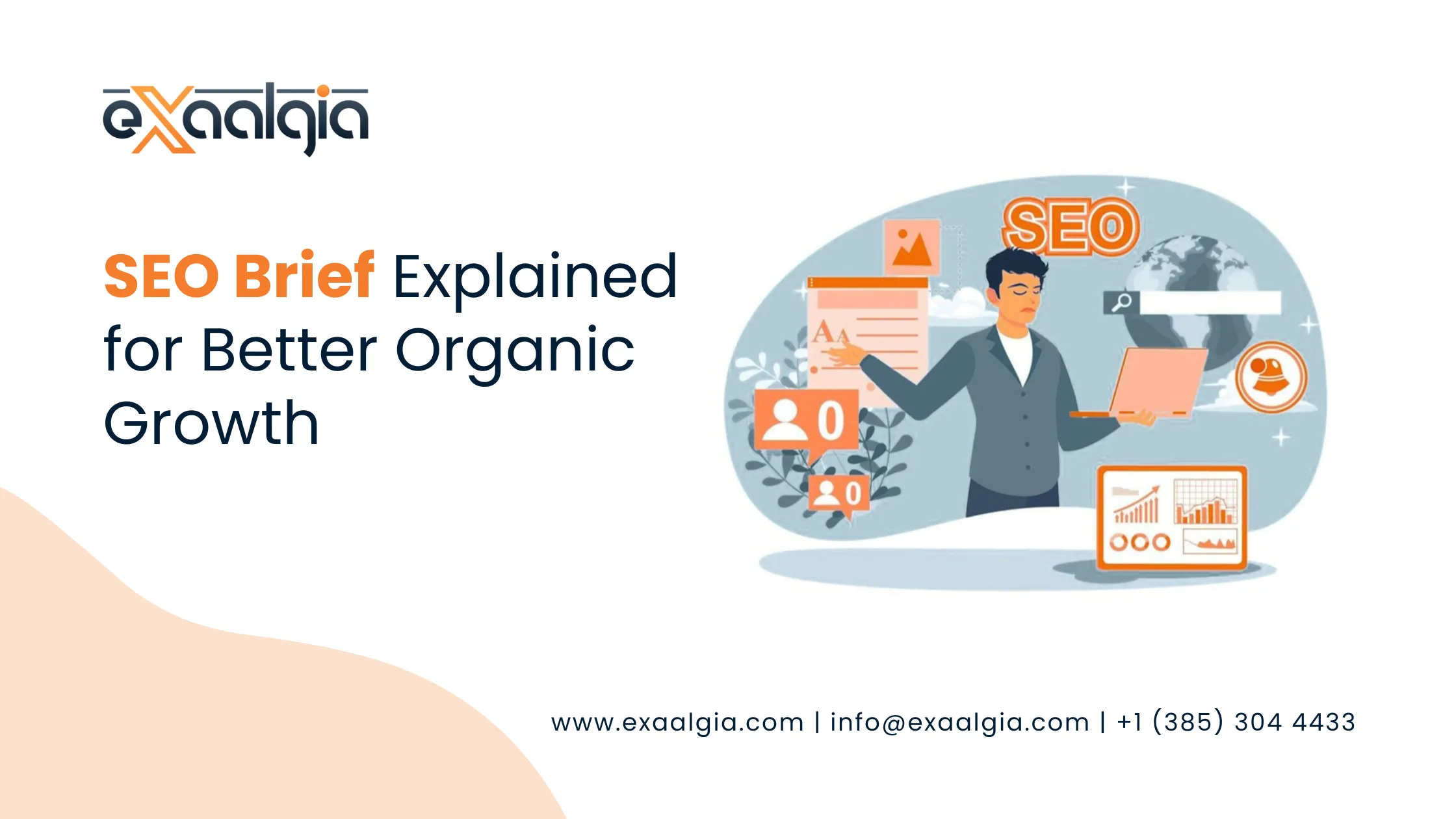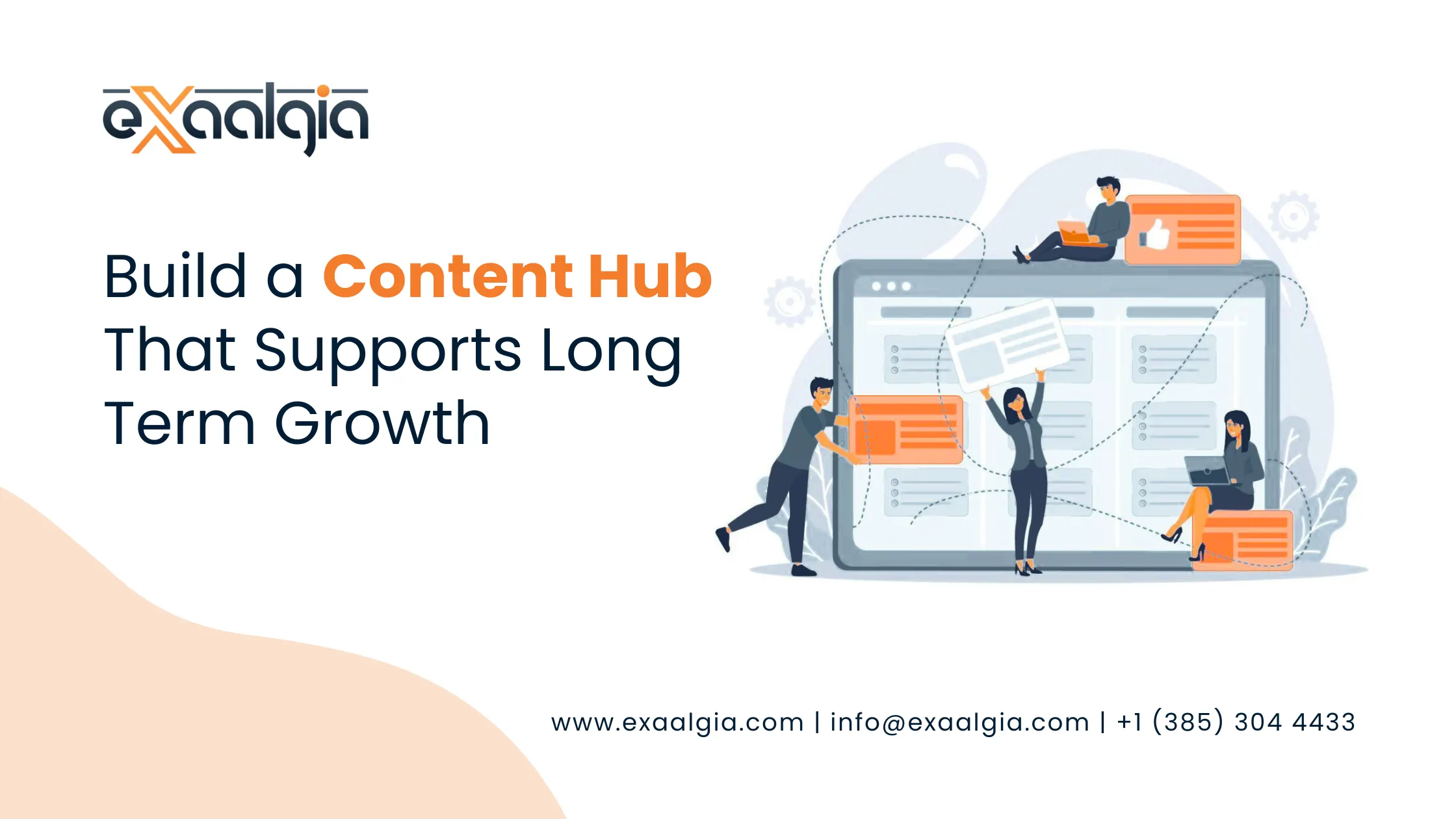Let’s dive in.
What Exactly Is an Image Alt Tag?
“Alt” stands for alternative, so the alt tag (also called alt attribute or alt text) is a textual description you attach to an image in your HTML markup. If an image can’t load (e.g. due to connection problems), the alt text will show instead. More importantly, screen readers (used by visually impaired users) rely on alt text to understand what the image is.
In code, it looks like:
<img src="blue-mountain.jpg" alt="A panoramic view of blue mountains at sunset" />The alt attribute provides meaning, context, and a backup to the visual content.
But alt tags aren’t just about fallback scenarios, they’re a bridge between visuals and search engines.
Why Optimizing Image Alt Tags Matters (More Than You Think)
If you treat alt tags as an afterthought, you’re leaving value on the table. Here’s what you gain by doing them right:
a) SEO Lift & Discoverability
Search engines can’t see images the way humans do. They understand the world through text. Alt tags act as captions for search bots, they help Google (and others) “understand” what the image is, improving your chances of appearing in image search results. Our research indicates that images with alt attributes, even if not perfectly optimized, are more likely to show up in image based SERP features.
b) Better User Experience & Accessibility
Users browsing with screen readers rely on alt text to understand image content. If an image is purely decorative, a blank alt attribute (i.e. alt=””) is preferred so the screen reader skips it. But if the image conveys meaningful content, its alt text ensures everyone can access that content.
c) Page Speed & Performance Discipline
Alt tags don’t directly speed up your site, but optimizing your images (choosing correct formats, compressing, lazy loading) and crafting concise alt text goes hand in hand with performance best practices, one reinforces the other. Indeed, experts says optimizing images overall improves UX, site speed, and SEO.
d) Competitive Differentiation
Exaalgia’s team analyzed big e-commerce sites like Vitasave, Titan Rig, and Divergent Retail. Vitasave had many missing alt tags and saw negative impact in image rankings, while the others had at least partial alt optimization and achieved better presence in image SERPs.This suggests even partial attention can tip the scales.
Research Backed Benefits of Image Alt Text
In Exaalgia’s case study:
- Vitasave had more than 1,500 images missing alt text or alt attributes across many pages, this hurt its chance to appear in image results.
- Titan Rig added alt attributes (though not perfectly optimized) and even got visibility in image packs for some keywords.
- Divergent Retail had alt attributes present (though not always fine-tuned) and managed to get image exposure for certain queries like “navy blue mens work pants.
Takeaway: Even minimal alt tag implementation is better than none, then you iterate for precision.
How to Write Perfect Image Alt Tags (Step by Step)
Optimizing image alt tags is both art and science. Let’s break it down:
1. Keep It Descriptive & Concise
Your alt text should clearly describe what’s in the image. Imagine reading it aloud to someone who can’t see it. Use a balance of detail but avoid verbosity.
2. Length Rule: Limit to ~125 Characters
Screen readers often process alt text in ~125-character chunks. Longer alt descriptions may get truncated or lose clarity.
3. Use Keywords Judiciously (But Don’t Keyword-Stuff)
Including your target keywords is good, but don’t overdo it. Alt text should read naturally. Avoid patterns like:
“blue shirt blue shirt cheap blue shirt sale”
Instead, say:
“Light blue cotton polo shirt on wooden table”
4. Avoid Leading with “Image of …” or “Picture showing …”
Screen readers already know it’s an image. Start directly with what the image contains.
5. Add Context Where Necessary
If the image supports text or a message, include that context. E.g. “Sales chart showing 20% year-over-year growth in Q2 2025” rather than just “sales chart.”
6. Use Blank Alt Text for Purely Decorative Images
If an image is purely ornamental and adds no content (like a divider, flourish, or spacer), use alt=””. This ensures screen readers ignore it.
7. Make Alt Tags Part of Routine
Whenever you upload an image, include alt text. For new product pages, ensure your CMS auto prompts or even auto-generates alt text (to be edited manually).
8. Prioritize High-Value Images First
If your site has thousands of images, start with product, hero, header, or marketing images. Then progressively optimize secondary ones. SEO expert advocates this in scale situations.
Alt Text Mistakes That Could Cost You Traffic
Here’s where many stumble, and how you can steer clear:
| Mistake | Why It Hurts | How to Fix |
| Missing alt text / alt attribute | Image is blind to bots and assistive tools | Use CMS that enforces alt fields; audit your images |
| Overloading with keywords (keyword stuffing) | Appears spammy to users & search engines | Think natural, human-readable |
| Too vague / generic (“image1”, “product”) | Adds no useful info | Describe exactly what’s happening in the image |
| Overly long descriptions ( >125 chars) | May truncate or become confusing | Be concise and focused |
| Forgetting context (what image adds to the page) | Missed opportunity to convey semantic relevance | Link the alt text to page narrative |
| Using alt text for decorative images | Distracts screen readers and pollutes content | Use alt=”” on such images |
Before and After: Alt Text Optimization
Let me show you a before & after illustration:
Before (not optimized alt):
<img src="sofa.jpg" alt="sofa" />After (optimized):
<img src="sofa.jpg" alt="mid-century modern beige 3-seater sofa in living room" />Or in an e-commerce setting:
Before:
<img src="blue-jeans.jpg" alt="pants" />After (better):
<img src="blue slim-fit denim jeans for men with distressed knees" alt="blue slim-fit denim jeans for men with distressed knees" />Notice how the improved version gives specificity and context, but still remains reasonably short.
Top Questions on Image Alt Tags Answered
Q: What is alt text and why does it matter?
Alt text is the alternative description of an image. It appears when the image can’t load, helps screen readers, and gives search engines clues about the image content.
Q: Does alt text boost rankings?
Indirectly, it helps Google understand your image, and images with alt text are more likely to show in image SERPs, which can drive organic traffic. SEO expert’s findings show that images with alt attributes fare better in image results.
Q: How do I scale alt text optimization for large sites?
Start with your most important images first. Use your CMS or automation to prompt alt text on upload. Over time, batch audit and optimize older images.
Q: Are there tools for generating alt text?
Yes, there are AI and alt text generator tools, but always review them. Garbage in → garbage out. Expert mentions these as helpful aids, not replacements.
Q: What’s the ideal character limit?
Aim for fewer than 125 characters in your alt text. Longer descriptions may get truncated or lose clarity.
How Alt Tags Deliver Big Results
Image alt tags may seem like a tiny facet of your website, but in SEO, accessibility, and UX, the little things often matter most.
- They help search engines see what you show.
- They open your content to users with visual impairments.
- They provide semantic reinforcement to your page topic.
- They can help you win image SERP real estate.
Our research underscores this: brands that neglect alt tags lose visibility, those who adopt even moderate optimization gain advantage.
So don’t delay. Audit your images, write meaningful alt text, improve your process, and reap the rewards: traffic, accessibility, and better on-site performance.

